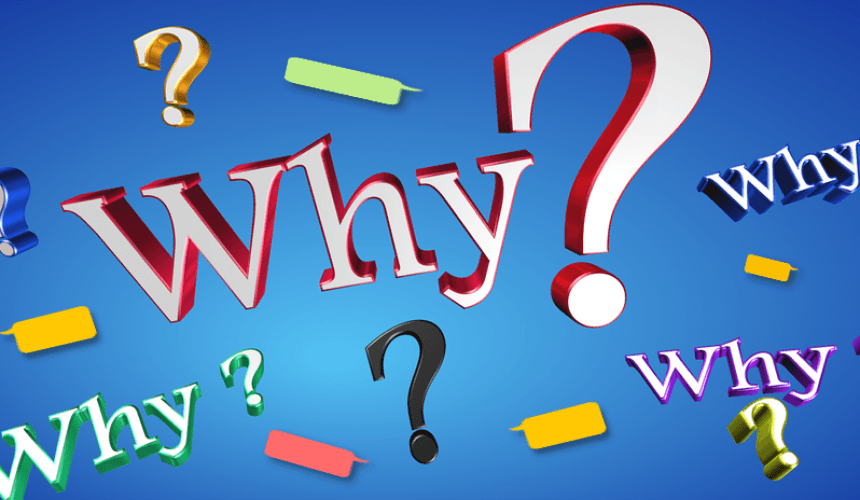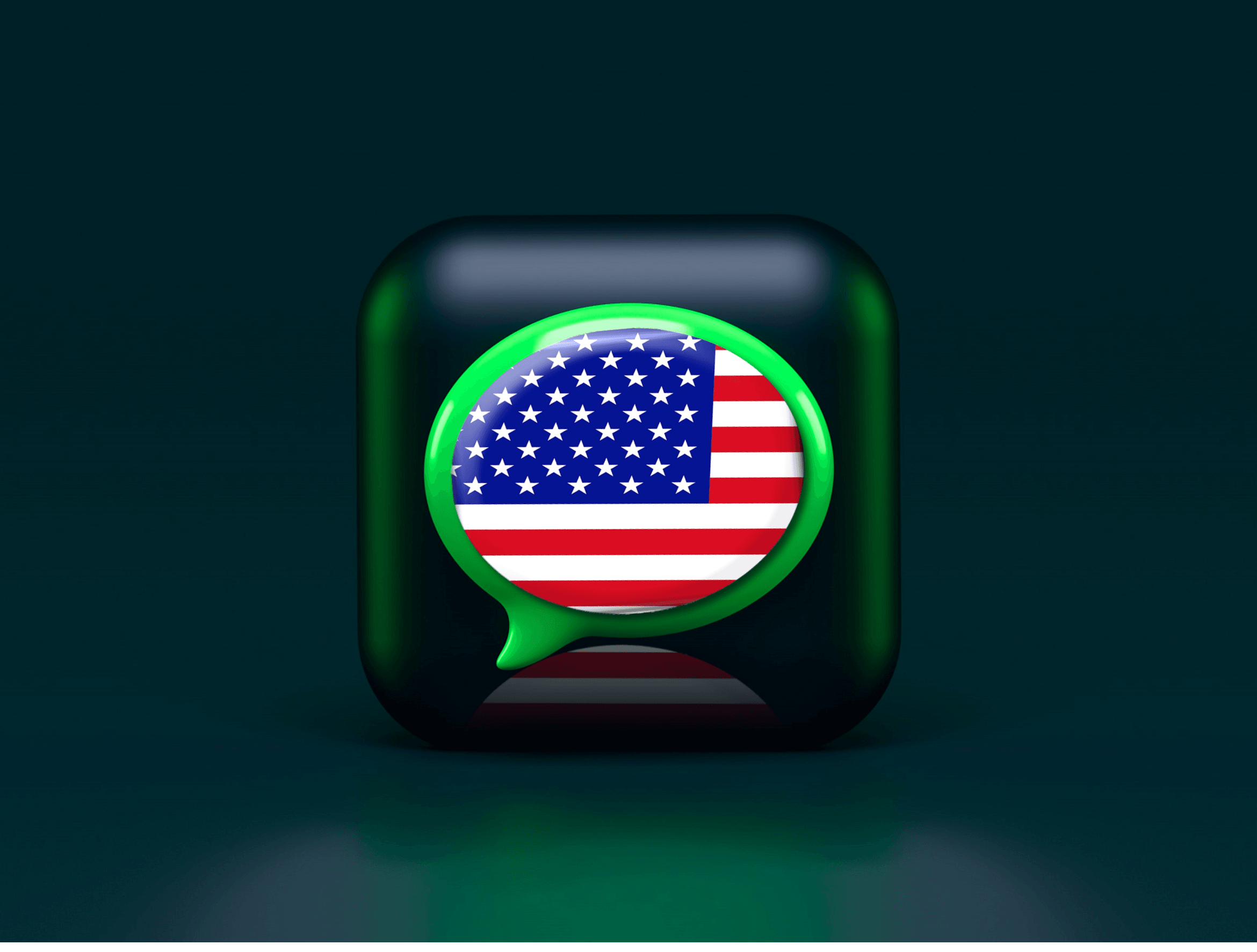A2P 10DLC Messaging
The North American SMS messaging industry is evolving, and mobile messaging standards have changed. This means that if you want to send SMS messages in the USA, there are things you need to know and things you must do.
Read on to find out what these are.
What's changing in mobile messaging?
Regardless of what messaging platform you use, new North American mobile messaging standards mean that if your business (or brand) wants to send SMS in the USA, you must now use a dedicated phone number to do it.
Shared short codes and person-to-person (P2P) long codes will no longer be available for business messaging.
In their place, the US wireless industry has introduced 10DLC carrier routes as a new Application 2 Person (A2P) messaging alternative.
10DLC numbers offer businesses faster and more cost-effective messaging with localized capabilities.
In future, US carriers will require companies (or their brands) to switch their P2P long-code and shared short-code messaging traffic to the following types of number:
Dedicated short code
Toll-free
10-digit long code (10DLC: the new standard for A2P messaging in the USA)
Why is Mobile Messaging Changing?
There has been a meteoric rise in business texting in the last few years. In the main, this has brought benefits for both consumers and companies. But it has also brought issues in the guise of unwanted messages, phishing, and spam.
Why? Because in the United States, SMS and MMS are not bound by the same stringent regulations that surround telecommunications and commercial mobile services.
In consequence, the CTIA has published a set of voluntary guidelines for US wireless carriers as a way to create higher-quality, higher-integrity business communications: Messaging Principles and Best Practices.
Using these guidelines as the basis for their new SMS policies, the major US wireless carriers have begun to combat spam by blocking high-volume commercial traffic on traditional P2P routes. Shared short codes (5- or 6- digit commercially used phone numbers) are also being terminated as they are expensive and open to misuse.
And the result? 10DLC: The new A2P messaging channel by which businesses and their brands are verified prior to being allowed to send text messages to their contacts.
How will 10DLC Affect my Business Messaging?
So, you can now utilize 3 types of phone number for your commercial SMS and MMS messages.
But which type of number should you choose?
Well, this will depend on your customer communications plan or marketing campaign. Your choices are:
1) A Dedicated Short Code Number
If you want to send mass messages, chances are you'll want to use a dedicated short code number - albeit at premium prices.
2) A Toll-Free Number
If you want to send low throughput messages to your contacts, don’t need to send MMS, and want one number for both calls and SMS, a toll-free (TF) number may be best for you. TF numbers also don’t require pre-registration.
But they have downsides:
TF numbers may be free for a consumer to call, but they are not free to text. The consumer would have an SMS standard fee deducted from either the limited or unlimited text plan they have with their respective carrier. Moreover, toll-free numbers are liable to ‘throttling’ which restricts the number of messages sent per second.
3) An A2P 10DLC Number:
Compared to short codes and toll-free numbers, 10DLC’s have the best throughput and deliverability rates for the lowest cost.
That means that 10DLC the way to go if you want to:
Send 2-way SMS cost-effectively with a relatively high throughput
Retain a local feel to your number with a local area code, and
Have one number for both calls and SMS
But here’s the thing. . . .
You must register to use a long-code SMS number
If you use a long-code SMS number, the new standards require you to register your business and your SMS use cases (campaigns) with US wireless carriers via the Campaign Registry: The central hub for registering A2P 10DLC messaging campaigns.
The Mobile Network Operators (Verizon, AT&T, T-Mobile, etc.) have come together to create a central place to store data on who is using their networks and for what purpose. In this way, messaging over SMS will become more secure and trusted.
The requirements under the new A2P 10DLC system are:
1) Brand Registration: Businesses must identify who they are to the carrier networks via the Campaign Registry.
2) Campaign Registration: Businesses must register what type of messages they are sending (including marketing, notifications, 2-way conversations, etc.),
Will this affect the numbers that YakChat offers?
YakChat offers toll-free numbers and long-code numbers (10DLC).
We don’t offer short codes because of their exceptionally high price tags. Short codes simply do not make commercial sense for the communication (or campaign) types that the majority of our customers undertake.
What does all this mean for me as a YakChat customer?
P2P and A2P traffic has been redefined under the new messaging system.
P2P: Person to Person Messaging. i.e. messaging between individuals
A2P: Application to Person. i.e. Business communication to consumers (often automated).
As a result, all SMS messages that pass through YakChat will now be considered A2P traffic by US carriers, since the messages are ‘application mediated’.
In other words, even if your messages are standard P2P conversations, they will be treated as A2P traffic. And that's because they're sent through an application (YakChat) on behalf of your business, and not directly from an individual.
This means that before YakChat can send any type of message on your behalf (using a YakChat number or your landline/VOIP number), you'll need to register your company information with the Campaign Registry.
You’re required to provide information about your organization, industry, and the types of text messages you typically send.
How to Register Your Business for A2P 10DLC Approval
Registration for 10DLC has now been made available by our service provider. That means that if you're a YakChat customer, you can register your Company (Brand) by heading to your YakChat account (or by clicking the button below) and following the online instructions.
Once you've completed your information, we'll submit it for review to the wireless carriers' central A2P 10DLC registration hub.
TCR's Brand Verification Process
When TCR 'receives your company/brand registration submission, they will carry out checks to confirm that your company is legitimate. They will also verify that your Brand is a tax-exempt non-profit organization if you have declared it as such.
Once these checks are complete, TCR will assign your Brand with a Verified or Unverified status.*
Being identified as a Verified Brand is now a requirement for messaging on 10DLC.
TCR will give Verified status to any Brand whose EIN/Tax-id matches their Legal Company Name and address as submitted through TCR.
*NB: This new verification status replaces the Trust Score system previously used by TCR.
How long will verification take?
Approvals can take several business days, though campaigns for standard cases may be approved immediately.
Will I be charged for registration?
Unfortunately, the wireless carriers will charge to register with them and to send messages under the new system. However, we are currently working with our service providers to minimize the impact of this cost on our customers.
Need more A2P 10DLC information?
For general 10DLC information, head to The Campaign Registry. But for more specific information on how 10DLC will affect your YakChat subscription or service, speak to one of our friendly YakChat team members who are ready to help you.
 For Microsoft Teams
For Microsoft Teams For Webex
For Webex In the Browser
In the Browser For iOS and Android
For iOS and Android Power Automate
Power Automate Browser extension
Browser extension Tango Extend Integration
Tango Extend Integration Bring your own SMS provider
Bring your own SMS provider
